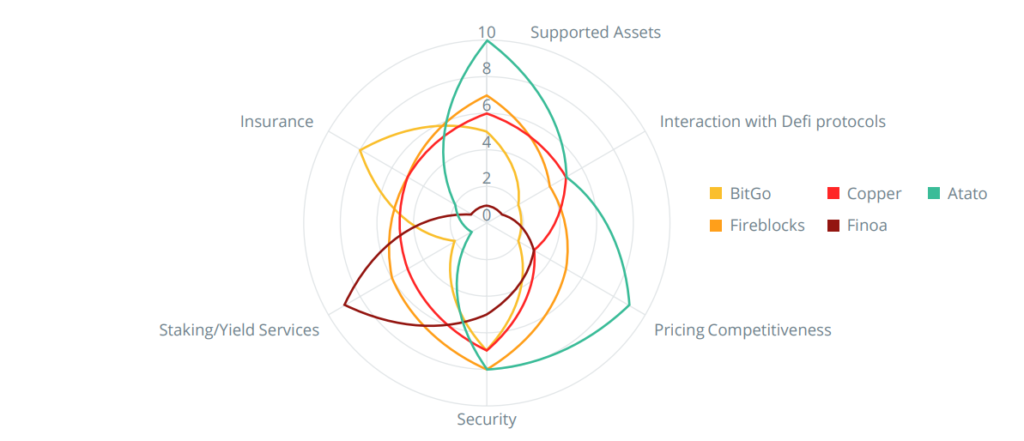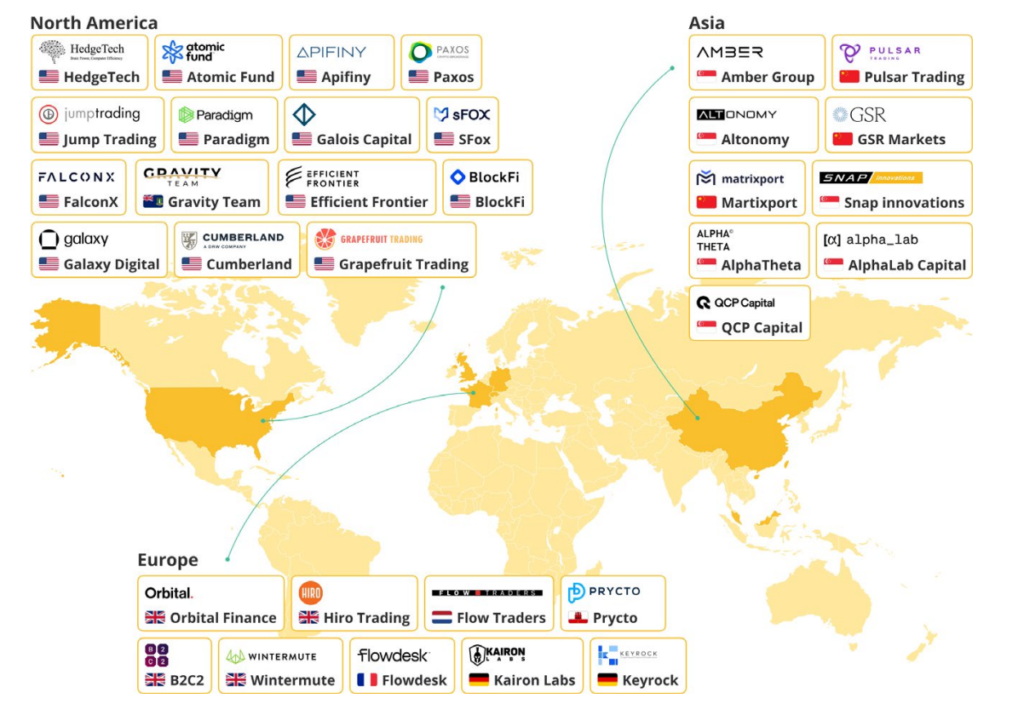Presail, a pioneer in the investment infrastructure space, is proud to announce its latest paper, highlighting the significance of investment infrastructure in the Web 3.0 era. As a trusted industry leader, Presail is at the forefront of this transformative movement, driving innovation and shaping the future of decentralized finance.
The article, titled “Exploring the Future of Finance: Web 3.0 Investment Infrastructure” provides valuable insights into the emerging field of investment infrastructure and its pivotal role in the decentralized ecosystem. In an ever-evolving financial landscape, Presail recognizes the critical importance of streamlining and optimizing investment processes to foster growth and financial inclusion.
Presail’s article delves into the unique characteristics and challenges of the Web 3.0 investment landscape. It highlights the need for advanced tools, platforms, and services tailored to the specific requirements of fundraising, token distribution, and investor management in the decentralized and token-based economy.
“We are excited to share our knowledge and expertise as we embark on creating the investment infrastructure for Web 3.0” said Sebastian Almnes, CEO of Presail.
The article explores the unaddressed challenges that investment infrastructure aims to solve, such as incompatibility with traditional systems, the emergence of new financial instruments, community-centered investments, advanced compliance and risk assessment, blockchain compatibility and integration, and the importance of accurate cap table management.
Presail’s proactive approach to addressing these challenges has positioned the company as a trusted partner for projects and investors seeking streamlined and efficient investment solutions. With its cutting-edge investment infrastructure platform, Presail offers a comprehensive suite of tools and services that enable seamless fundraising, investor management, token distribution, and compliance processes.
“We firmly believe that investment infrastructure is the catalyst for unlocking the full potential of Web 3.0,” added Almnes. “Presail is committed to providing the necessary infrastructure and support for projects and investors to thrive in this decentralized economy.”
As an industry leader, Presail’s article aims to drive awareness and foster collaboration within the investment infrastructure space. By sharing valuable insights and expertise, Presail continues to shape the future of decentralized finance and empower individuals and organizations to participate in the Web 3.0 revolution.
To read the full article, “Investment Infrastructure: Empowering the Web 3.0 Economy,” visit the Presail website at www.presail.com.
About Presail
Presail is a leading provider of investment infrastructure solutions, revolutionizing the investment landscape within the Web 3.0 ecosystem. With its comprehensive platform, Presail addresses the unique challenges faced by projects and investors in the decentralized finance space. By leveraging cutting-edge technology and industry expertise, Presail empowers individuals and organizations to unlock the full potential of Web 3.0 and embrace the benefits of decentralized finance.






















